
April 8, 2023: Theatre Yesterday and Today, by Ron Fassler
Had he lived, today would mark Michael Bennett's 80th birthday. He died in Tucson, Arizona in 1987 from complications caused by AIDS at the age of forty-four. When you consider that at eighty, Mike Nichols won his 7th Tony Award for directing, it lends an even more somber note of what we were robbed by Bennett's death. The possibilities of what he might have contributed to the theatre over the past three decades is endless.
Bennett's Broadway credits, from chorus dancer to director, span less than thirty years. But the the multi-faceted stylings of his choreography for Follies (1971), that he co-directed with Harold Prince, and two shows he directed himself — A Chorus Line (1975) and Dreamgirls (1980) — featured new levels of stagecraft and storytelling devices that dazzled critics and theatregoers alike. These three shows alone put him in the top ranks of those who contributed invaluably to the 20th century American musical. His death was a blow not only because of it coming at such a young age, but for how it effected those who unequivocally loved his work. It puts to mind what was said between Billy Wilder and William Wyler upon leaving the funeral of their friend, the esteemed writer-director Ernst Lubitsch. “Well, no more Lubitsch,” said Wilder. “Worse than that,” Wyler replied. “No more Lubitsch pictures.”
I will never forget picking up the New York Times from outside my home in Los Angeles on the morning of July 3, 1987 with Bennett’s obit on the front page. Its headline: “Michael Bennett, Theatre Innovator, Dies at 44.” I had heard through the grapevine that he was dying, but nothing prepared me for seeing the finality of it in print. It was devastating. He had provided me with so many memorable days and nights in the theatre that I felt like I had lost someone close to me. His work was so much a part of the thrill I associate with what being in a theatre is all about. From the moment he made his Broadway debut as a startlingly young choreographer, he made people stand up and pay notice. As stated in the obit: “From the 1966 A Joyful Noise through the December 1981 opening of Dreamgirls, he received Tony Award nominations for every musical with which he was associated, and won seven,” an extraordinary statistic.

Born Michael Bennett DiFiglia on April 8, 1943, he grew up in Buffalo, New York, where he studied dance as a teenager and choreographed his high school musicals. He quit school at sixteen when he was cast as Baby John in a tour of West Side Story across the U.S. and Europe. At eighteen, he made his Broadway debut in the chorus of Jule Styne, Betty Comden and Adolph Green’s Subways Are for Sleeping (1961). A year later, he assisted choreographer Ron Field on the one-week run of Nowhere to Go But Up, followed by dancing in the choruses of two middling Broadway musicals: Here’s Love (1963) and Bajour (1964). He even managed to squeeze in time in Los Angeles, appearing on the TV dance series Hullabaloo, which is where he met the dancer who would become his muse (and for a brief moment his wife), the peerless Donna McKechnie.
In 1966, the first Broadway musical to feature the credit “Choreography by Michael Bennett” was A Joyful Noise, a folksy musical that starred John Raitt and closed after twelve performances. However, a few months later, voters remembered Bennett’s work and he received his first Tony nomination at age twenty-four. How Now Dow Jones and Henry, Sweet, Henry came next, and Bennett’s dances scored successfully, even if the shows didn’t. It was only with 1968’s Promises Promises that he had his first hit, and the first time he was able to showcase Donna McKechnie. “Turkey Lurkey Time” was a high-voltage number that audiences remembered long after they left the theatre. The song also featured Margo Sappington, who would later choreograph the nude revue Oh! Calcutta!, as well as Baayork Lee, who would go on to have a role in A Chorus Line, crafted to her specific talents (and life story), just like McKechnie.
The number is all the evidence necessary that Michael Bennett was not your average everyday choreographer. Also, I dare you to try watching this clip and NOT watch Donna McKechnie (p.s. this is not Sappington on the right, but her understudy Julane Stites).
1970 brought Company, where Bennett was able to work with collaborators who, like him, were at the top of their game: Stephen Sondheim, George Furth, Harold Prince and Boris Aronson (and again, Bennett made sure to show off McKechnie’s unique brand of movement in the show-stopping “Tick Tock”). No one had ever seen anything like Company before, immediately recognized for its groundbreaking production and non-linear story telling (even by those critics who didn’t care for it, like Walter Kerr in the New York Times who wrote how he left the theatre “feeling rather cool and queasy.”). All his male collaborators mentioned above took home Tonys for Company, but not Bennett, whose crafty stylings were a bit too subtle for the average theatregoer. What he did with a cast of mostly non-dancers was ingenious, and the show moved with a fluidity that Bennett steadily improved upon with Follies, A Chorus Line and finally Dreamgirls, where his integration of lighting, scenery and actors flowed seamlessly.

When Prince offered Bennett a co-directing credit on Follies, the results elevated him to an equal footing with a master. But it proved their final collaboration, as from then on it was “The Michael Bennett Show.” He desperately needed to live the lyrics Jerry Herman would later write and become “his own special creation.” Sadly, during the decade of the seventies, an over dependence on alcohol and drugs drove Bennett relentlessly (and others as well). Still, he took over the troubled Seesaw, an ailing musical in its 1973 try out, and managed the rare feat of successfully overhauling it (firing so many people in the process, that those left standing felt like wounded war vets). Winning a third Tony Award for choreography was nice, but Bennett wanted more — much more. So he buckled down and launched something he would eventually call his own (much to his collaborators anger and confusion). Exercising complete creative control as his goal, he achieved it with A Chorus Line.

Much has been written about A Chorus Line and how it not only changed the American musical, but changed the fortunes of the American Theatre. Many Broadway houses were dark when it literally lit up West 44th Street (and the rest of the theatre district, too), becoming the Shubert’s then-unheard of sole tenant for fifteen years. It changed the fortunes of Joe Papp’s Public Theatre as well, since the foresighted producer provided the workshops that made the show possible, allowing the Public to share in A Chorus Line’s profits and keep it solvent for years to come. It also changed Bennett immeasurably, and not for the better. He became a multi-millionaire, and with that came power and paranoia (unquestionably linked to his drug use). He began to alienate people left and right, some of them his closest associates.
Ballroom, Bennett’s next musical was in the unenviable position of having to follow A Chorus Line, so it almost had to fail (and it didn’t help that it was relatively understated). I attended its opening night and found it charming, dynamic and even a bit thrilling, but the critics had their knives out and literally killed it. Undeterred, Bennett came roaring back four years later with Dreamgirls, a monumental achievement by anybody’s standards. Then in 1985, he unexpectedly pulled the plug on an original musical titled Scandalthat he had been workshopping for four years. It was a shockingly abrupt end that took his creative team, composer Jimmy Webb and television writer Treva Silverman totally by surprise, in addition to its star Swoosie Kurtz. Bennett’s mysterious behavior reared its head a year later in 1986 when he dropped out of his next directing assignment, Chess, with a score by Benny Andersson, Björn Ulvaeus and Tim Rice. A heart ailment was the story used to explain why he couldn’t proceed, when it was actually his AIDS diagnosis, which he kept hidden from nearly everyone.
He died alone in Tucson, refusing any aid from those he had once been close to; a sad and lonely end for a man who thrived on the company of his fellow showmen (and women), the only people with whom he felt most at home.
If you enjoyed this, please check out Up in the Cheap Seats: A Historical Memoir of Broadway, available at Amazon.com in hardcover, softcover and e-book. To receive all future columns by email, hit the blue FOLLOW button above and feel free to comment below or write me at Ron@ronfassler.org.

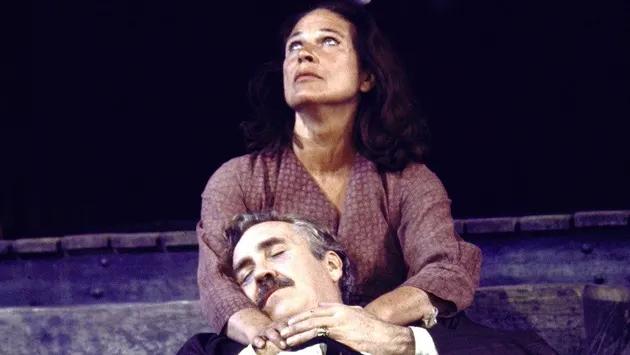

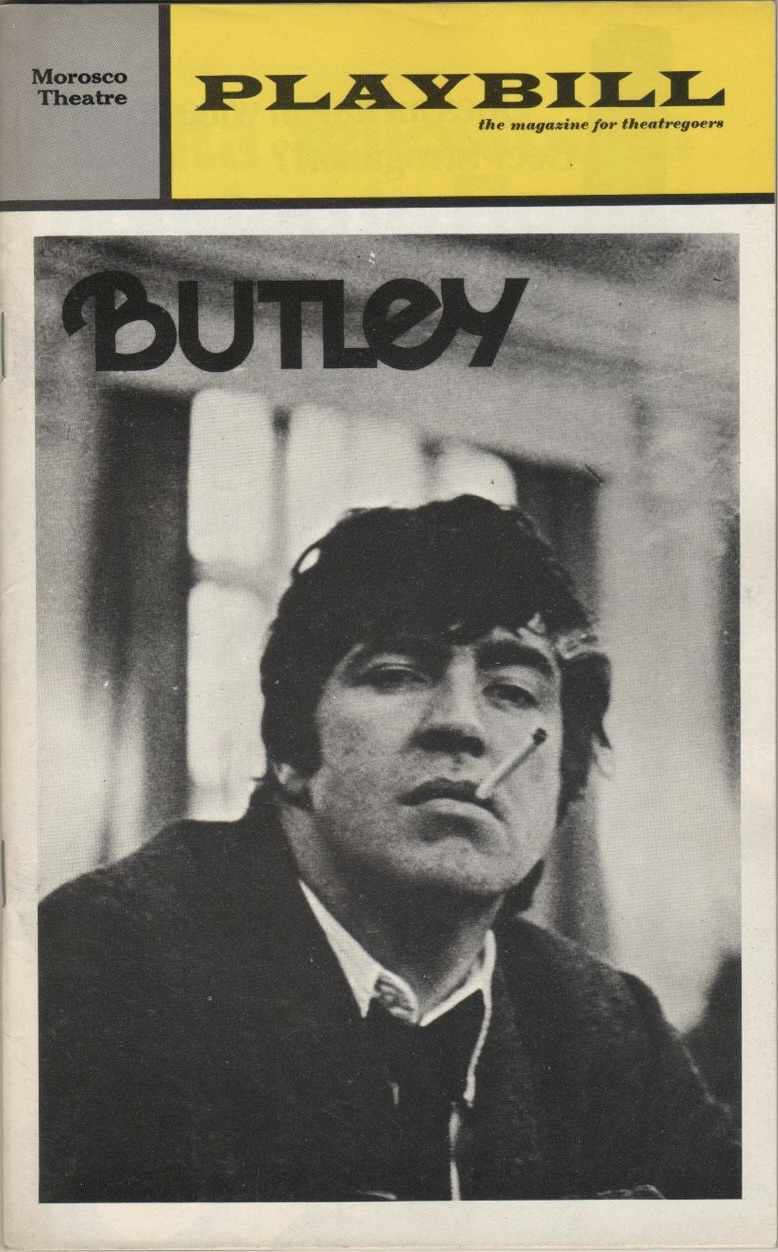
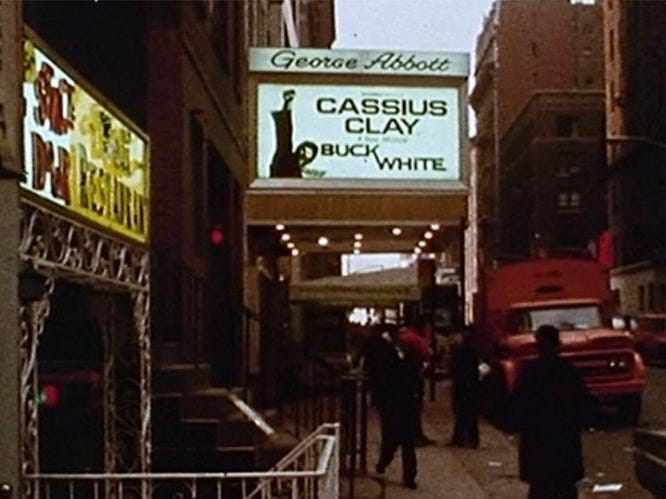




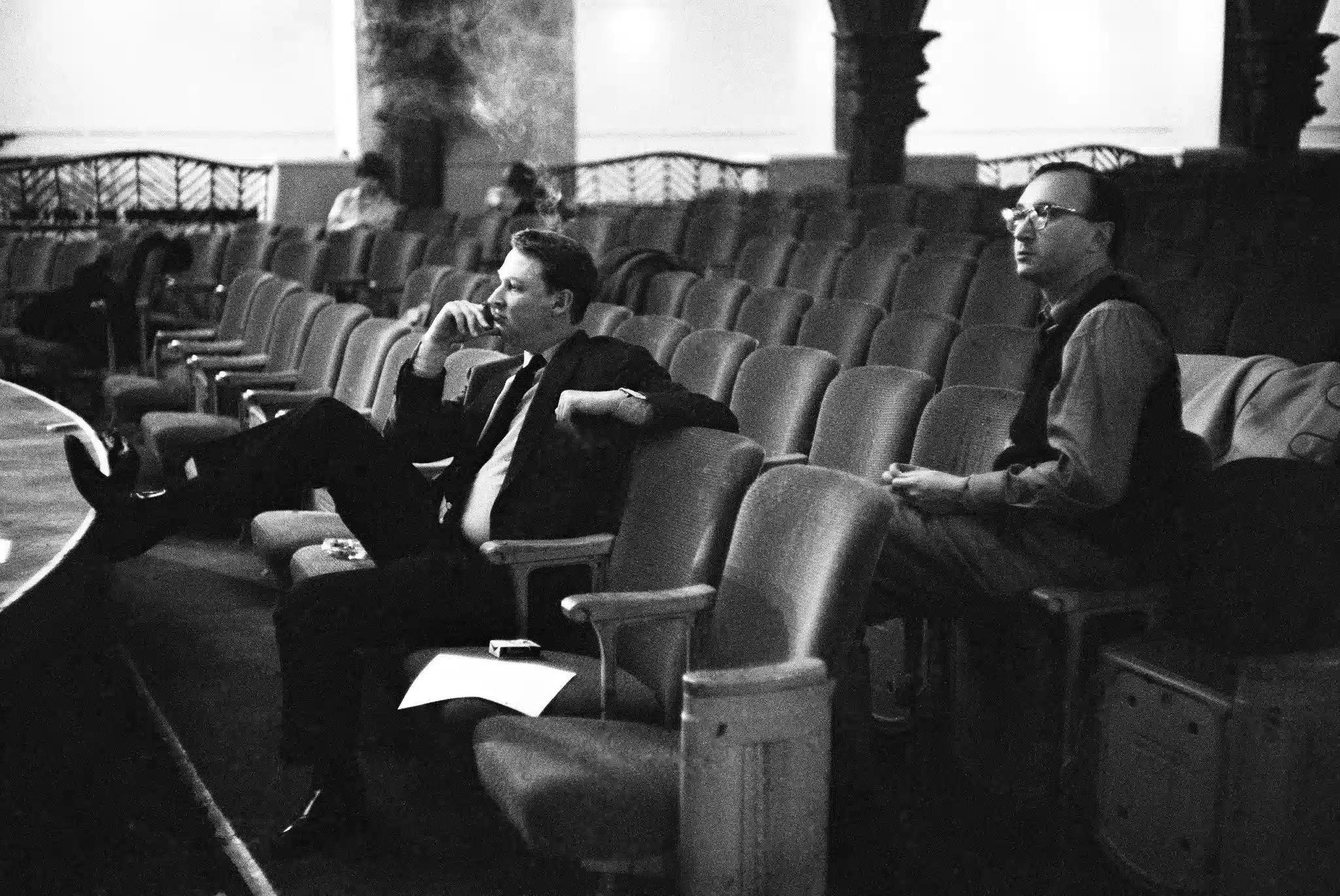

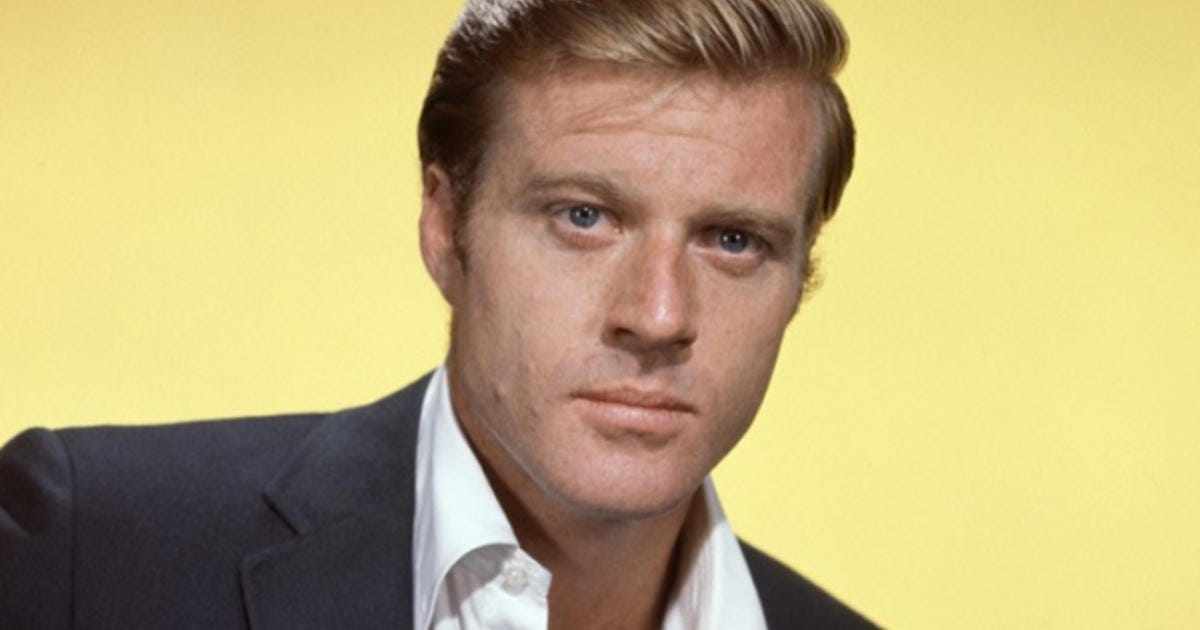

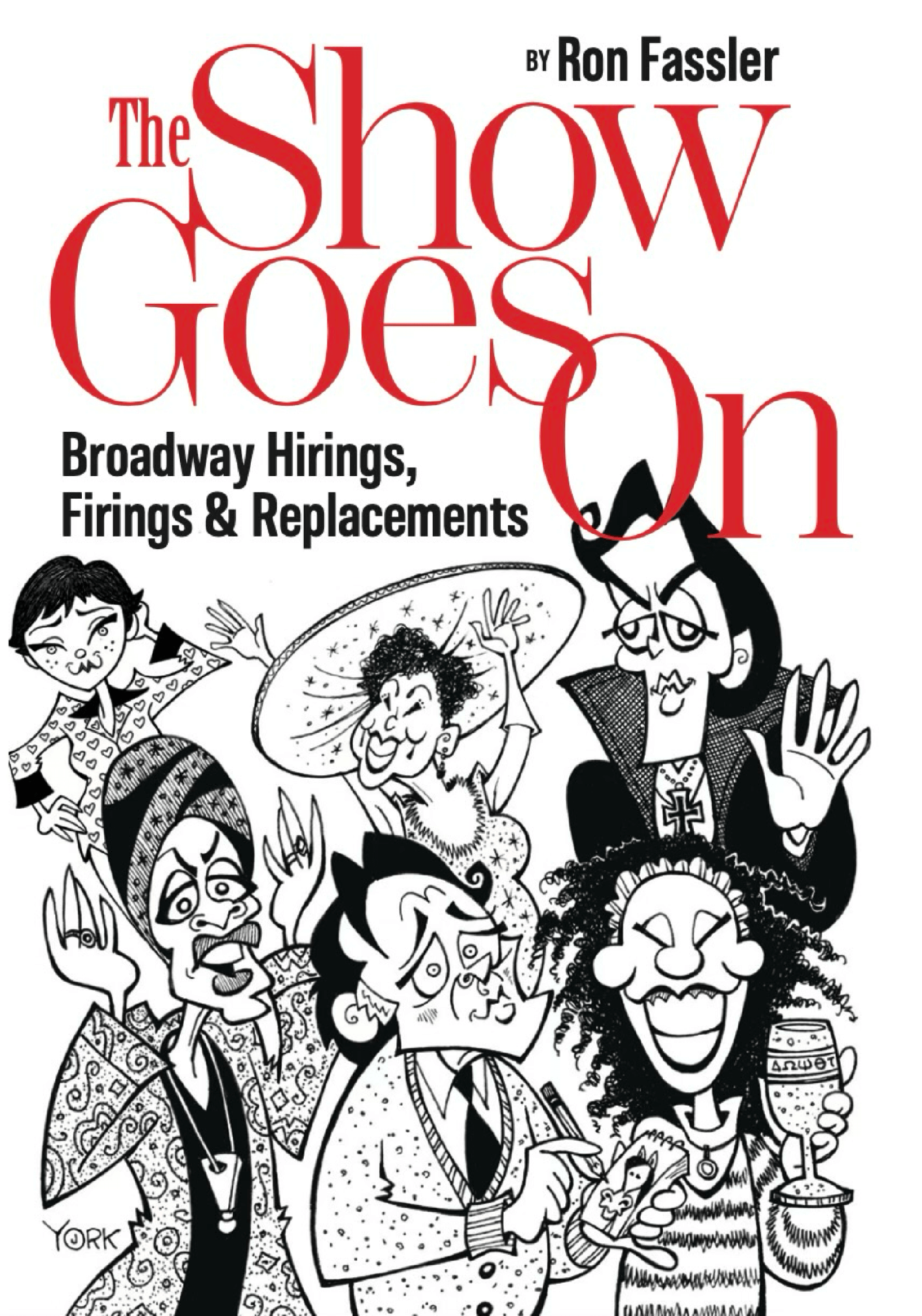

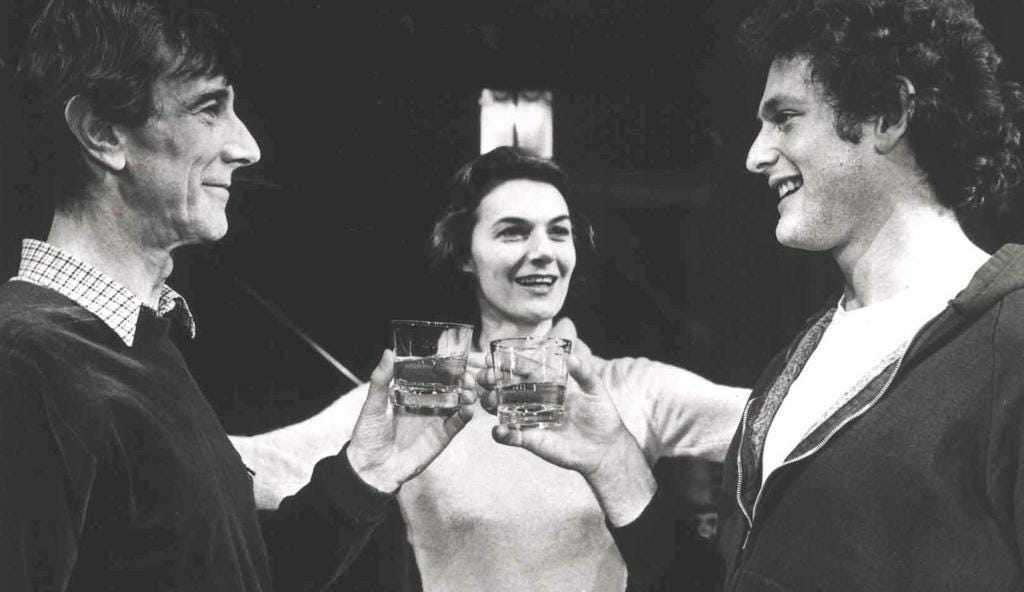





Write a comment ...